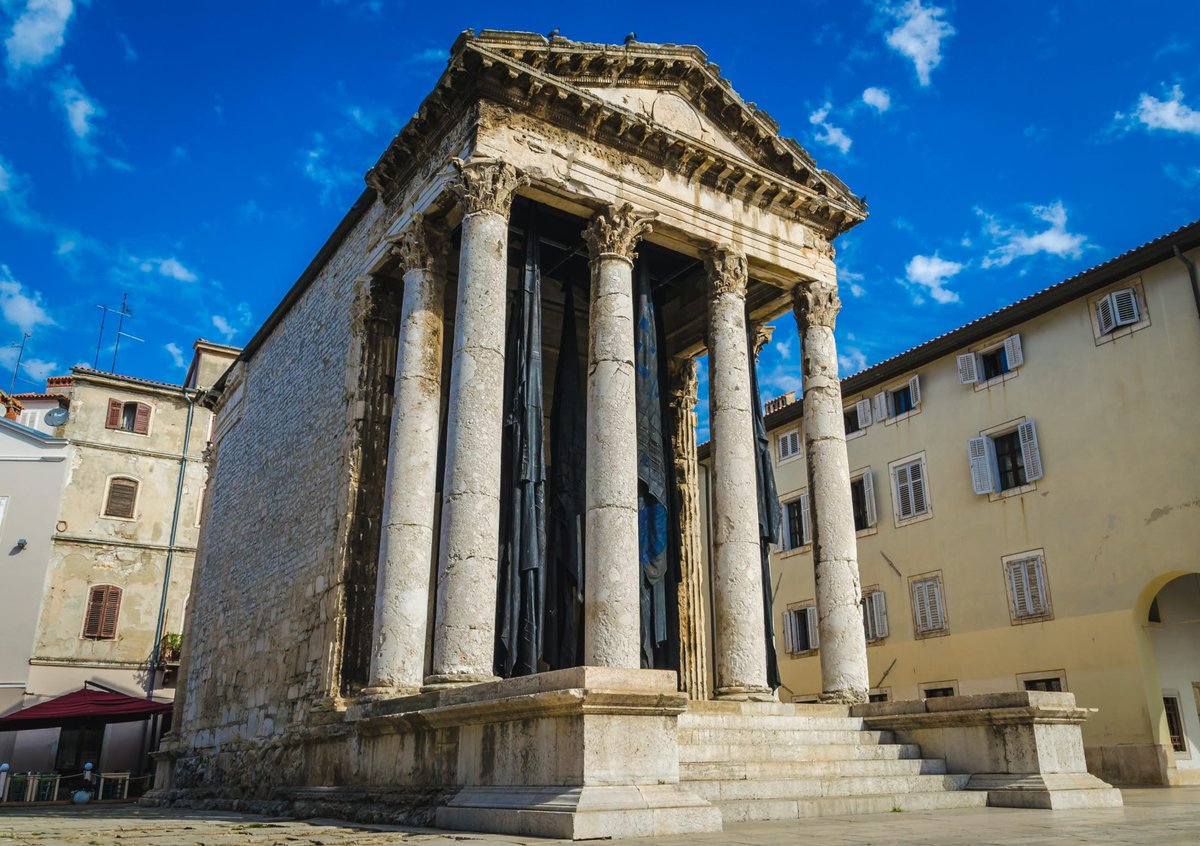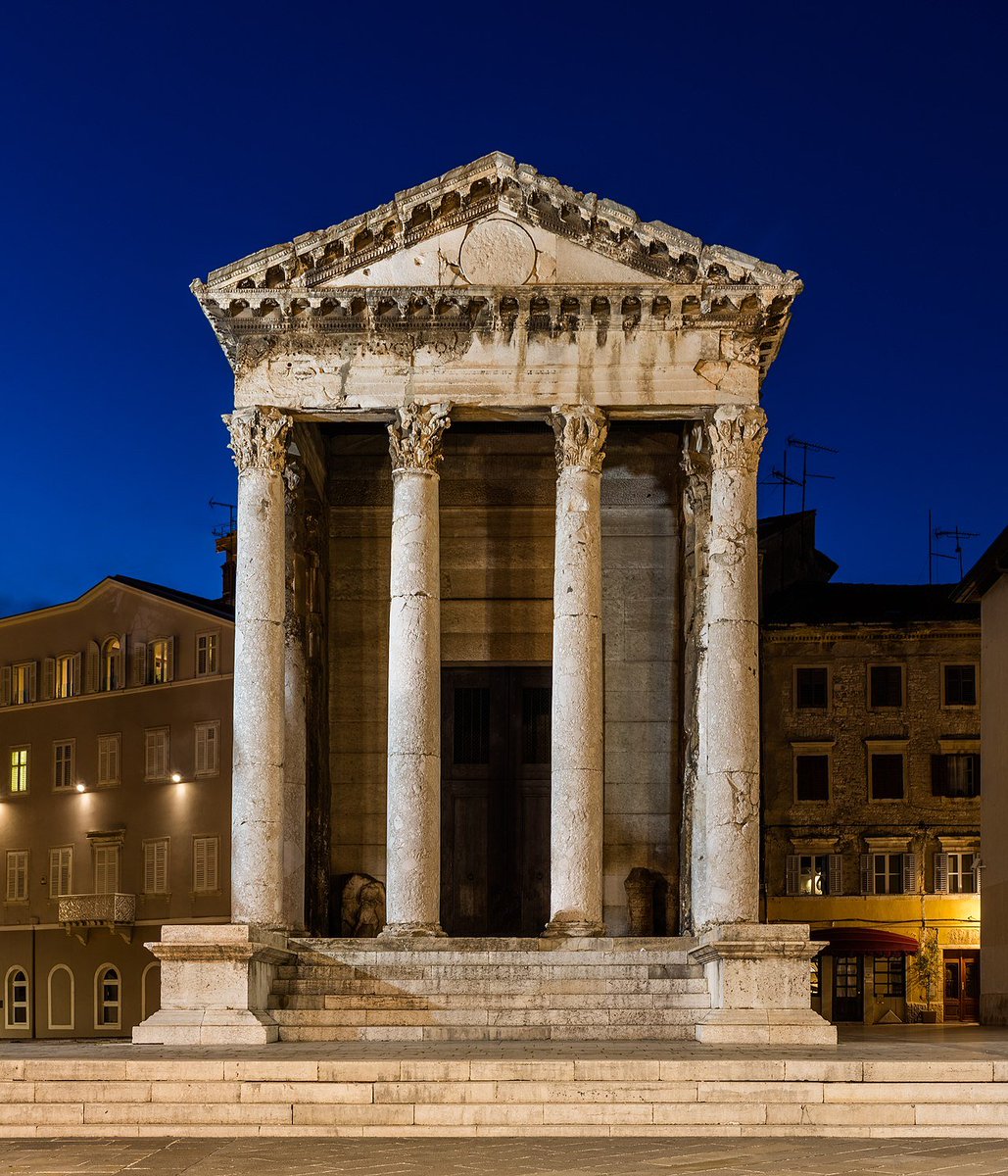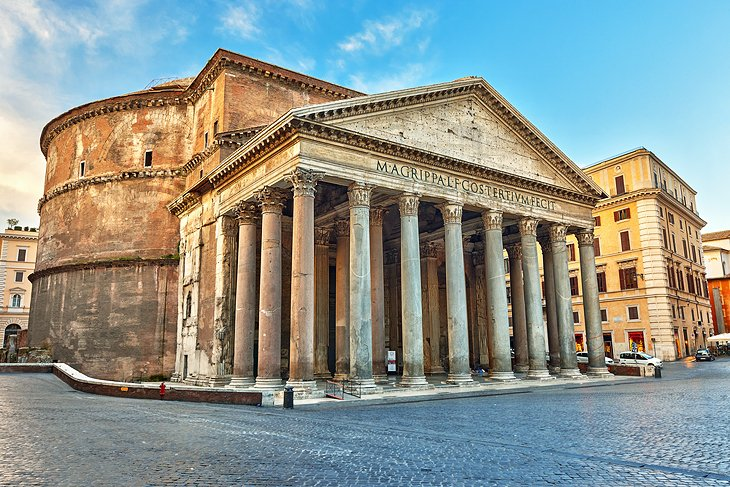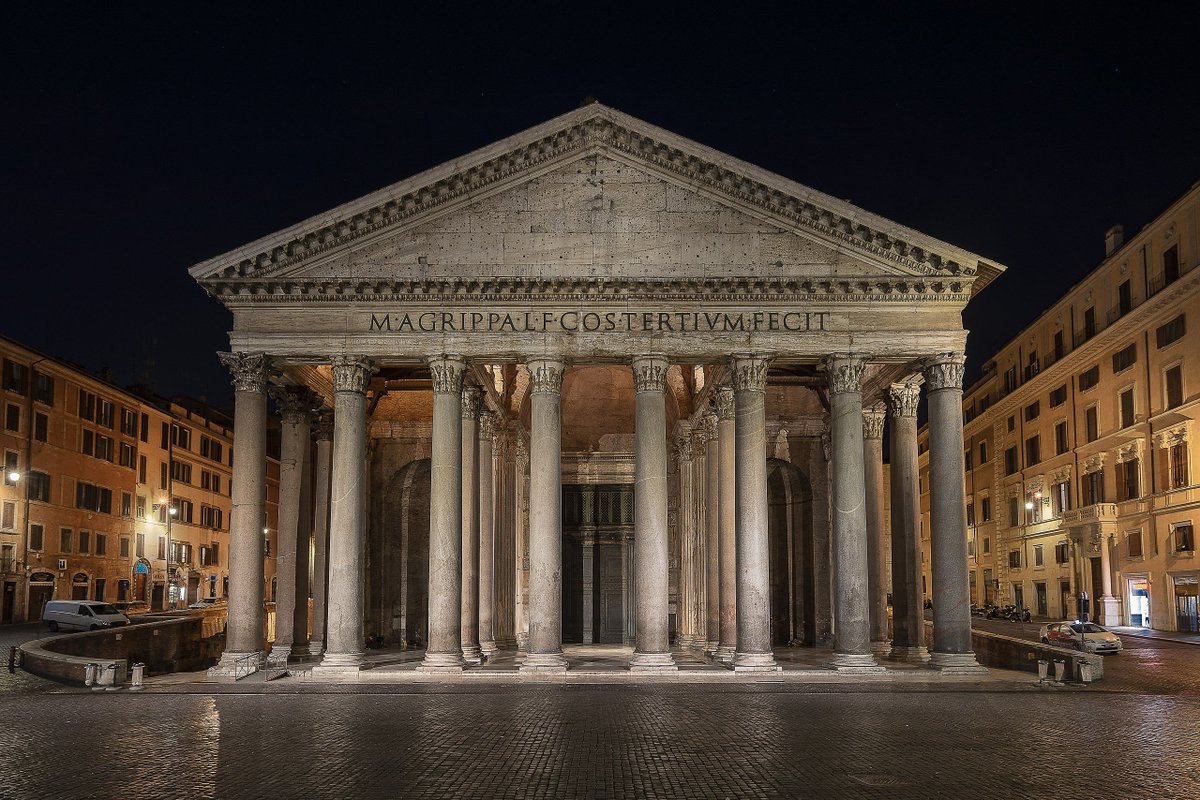
A little late for #AncientSiteSunday, but here is a thread on the incredible Temple of Poseidon at Cape Sounion! 🏛️
(1/5) Located at Cape Sounion on the Attic peninsula, this ancient Greek temple holds a commanding view of the Aegean sea.
#Classics #Greece #Archaeology #Athens
(1/5) Located at Cape Sounion on the Attic peninsula, this ancient Greek temple holds a commanding view of the Aegean sea.
#Classics #Greece #Archaeology #Athens

(2/5) Originally, an Archaic-period temple sat on the site. Made of tufa, it was destroyed c. 480 BCE during the #Persian invasion of Greece. Despite being destroyed, the Athenians placed a captured Persian trireme on its ruins following the allied Greek victory in 479. 



(3/5) The surviving temple was constructed between 444 - 440 BCE, and serves as one of the major monuments of the Athenian golden age.
Later described by Strabo as a "noteworthy settlement", it remained a significant cult centre into the #Roman imperial period.

Later described by Strabo as a "noteworthy settlement", it remained a significant cult centre into the #Roman imperial period.


(4/5) This Doric temple is constructed in the peripteros form, with a typical hexastyle (six column) portico. Of the original 38 columns, only 16 remain standing today.
Similar in size to the Temple of Hephaestus in #Athens, it contained a colossal bronze sculpture of Poseidon.
Similar in size to the Temple of Hephaestus in #Athens, it contained a colossal bronze sculpture of Poseidon.

(5/5) Abandoned in Late Antiquity, it fell into ruin and remained undisturbed until 1797, when the Society of Dilettanti performed limited excavations. Sporadic digs continued into the 19th century, with the most significant occurring in 1906 when the "Sounion Kouros" was found. 





@threadreaderapp unroll please!
One of your favs, right @GrecianGirly? 👏
• • •
Missing some Tweet in this thread? You can try to
force a refresh



























